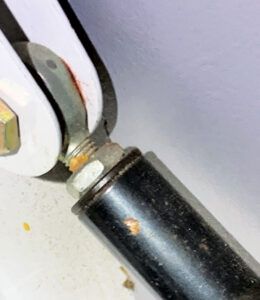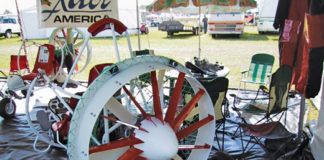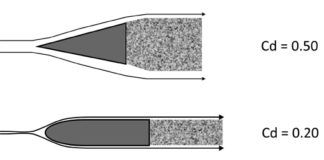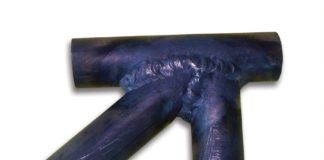 The jam nut on this flap motor is required to be safety wired to prevent the nut from coming loose. There is a lot of rotational torque on the motor shaft during the retraction and extension process creating the potential for the jam nut to loosen, which could disconnect the motor from the flaps. Van’s Aircraft put out a service bulletin for this many years ago, but we still see a high percentage of non-compliance in the fleet.
The jam nut on this flap motor is required to be safety wired to prevent the nut from coming loose. There is a lot of rotational torque on the motor shaft during the retraction and extension process creating the potential for the jam nut to loosen, which could disconnect the motor from the flaps. Van’s Aircraft put out a service bulletin for this many years ago, but we still see a high percentage of non-compliance in the fleet.














For the jam nut, could you please show how it should be done?
Vic,
Thanks for all you do to highlight safety issues you find in the fleet. Your efforts make all of us safer.
This article got me scratching my head and re-reading SB 07-4-12, as it applies to the -4, -6, -7, -8, and -9 aircraft. The SB shows the safety wire connecting the shaft of the flap motor (black rod in the picture) to the bolt going through the rod end bearing (top left of the picture). Unless I misunderstood your comments, this is very different from the message of your article. The safety wire is not there to prevent the jam nut from coming loose, but to prevent the shaft from rotating off of the rod end bearing. I agree a locking mechanism on the jam nut is a good thing, but see no mention of it in the plans nor the SB. The confusion comes in when folks safety wire the jam nut and think they have complied with the SB.
You are correct in that I wrongly pointed out the jamnut. The flap housing is required to be safety wired to the bolt at the rod end bearing.
I’m also confused. Please provide a picture of a properly installed safety wire.
Hi Vic,
It would be helpful for you to post a picture in the article showing the correct way to safety wire this commonly missed item.
Here’s the SB from Van’s: https://www.vansaircraft.com/service-information-and-revisions/sb-07-4-12/